I’ve recently learned the “lb” number printed on a pack of card stock isn’t nearly as important than the g/m2 (gsm) number. The g/m2 is what you should focus on when selecting good card stock. Let me explain.
For me, I began searching for a nice grade of paper to make my own DIY sketchbook that will work well for alcohol-based markers like Winsor & Newton Brushmarkers, Copic, Marvy Le Plume, Prismacolor, etc. The flimsy, random inkjet printer paper won’t allow for the full enjoyment of these markers.
During my research phase, I ran across the following video at youtube.com posted by emchantedsteph:
I just started learning about papers so I watched this video and didn’t think anything more than to go search for the “Neenah Office Depot” paper because it seemed like the best bet for the price and performance.
From what I can gather, the most important factor in picking a good card stock is not the “__ lb” (pound) number. Instead, the g/m2 (gsm) and the “grade” of paper is where to start.
Any search should begin with choosing the grade of paper based on what you need, and then using the g/m2 (grams per square meter) number to refine your selection. For example, you probably wouldn’t want to select “Bond” paper for coloring with Copics.
When I’m thinking about buying something, I make a habit of checking the reviews. When it comes to paper, inevitably there will be someone complaining that the paper isn’t as thick as they thought it would be. Sometimes they speculate about the manufacturer’s honesty and return their product. That’s probably because they only paid attention to the pound, or the number listed in pounds (LB), printed on the pack of paper.
I just recently (like 2 days ago) learned to stop paying attention to that number and focus on the grade of paper first. But what do I mean by “grade of paper”?
There are different grades of paper: Text, Bristol, Index, Cover, etc. I’m going to shorthand the info as detailed by McCaughanPaper.com:
[junkie-alert style=”yellow”] Bond – The type of paper we all have in our printers at home. It’s common for printing letters, copying and printing business forms. The most common size is 8.5 x 11.
Writing – Higher form of Bond paper used commonly as letterhead paper; Made with some percentage of cotton fiber; Watermark may be visible when held up to the light
Bristol – Board grade paper; Softer surface than Index or tag; Ideal for folding, embossing, or stamping; Available in smooth and vellum (textured) finishes.
Index – Stiff paper; Thick and receptive to ink; Generally used when stiff inexpensive paper is required; Available in both smooth and vellum (textured) finishes.
My Note: Begin here for paper that works well with alcohol-based markers like Copics
Cover – Heavyweight paper; This is the paper used for higher quality business cards, brochures, etc.
My Note: If you’re into printing your own very thick, nice quality business cards, you may want to start with 140 lb “Cover” paper
Book – The paper used in textbooks; can have a smooth or antique finish
Offset – similar to coated and uncoated book paper
Tag – Utility sheet; ranges from 100-250 lbs for manufacturing tags; good tearing and water resistance [/junkie-alert]
Generally, “Cover” is thicker than the others. (Note that I said “generally”.)
But what’s the thickest and the thinnest? The University of Wisconsin – Parkside prepared a very handy chart about this:
Let’s look at a couple of comparisons:
- 110 lb “Index” card stock is about 199 g/m2
- 80 lb “Cover” card stock is about 218 g/m2
See? One has a lower lb (pound), but it’s a thicker paper.
- 90 lb “Index” card stock is about 161 g/m2
- 65 lb “Cover” card stock is about 176 g/m2
See? The 2nd one has a lower lb (pound), but it’s technically a thicker paper.
Let’s look at another example:
- 90 lb “Cover” card stock is about 244 g/m2
- 90 lb “Index” card stock is about 161 g/m2
These card stocks have the exact same lb (pound), but the “Index” version is noticeably thinner than the “Cover” version.
Again, pay attention to the g/m2 number when selecting card stock.
Now, let’s get back to her video! In the video she talks about 3 different papers from different stores.
The Neenah Office Depot card stock is marked as “Index” at 110 lb (199 g/m2).
The only Georgia Pacific card stock I see at Walmart.com is 110 lb (199 g/m2). – I don’t know if this is what she has though
The Neenah Simon Says Stamp card stock is 80 lb.
In the video, she clearly says the Neenah 110 lb from Office Depot (OD) is thicker than the Georgia Pacific 110 lb from Walmart (W).
But she also says the Neenah 80 lb Simon Says Stamp (SSS) paper is a bit thicker than the Neenah 110 lb from Office Depot. How can it be that it has a lower pound, but it feels thicker?! Keep reading.
To condense this in order of thickness as described in her video:
[junkie-alert style=”white”] Neenah 80 lb (SSS) > Neenah 110 lb Index (OD) > Georgia Pacific 110 lb (W)
(thickest to thinnest) [/junkie-alert]
But whhhhhyyyy?
My guess is her Neenah 80 lb Simon Says Stamp card stock is “Cover” grade. The Neenah 110 lb Office Depot card stock is clearly marked as “Index” grade in the video. I don’t know what the Georgia Pacific card stock is, but let’s assume it’s the least thick of the three papers, from what she said in the video.
When you’re in the store — even though you see “110 lbs” listed on the card stock package — the card stock you’re looking at may actually be thinner than what you need.
Ask yourself how you want to use the paper. If you want to make thick cards, you may need at least a 100 lb “Cover” card stock (which is about 270 g/m2), instead of a random pack of 110 lb card stock from Walmart.
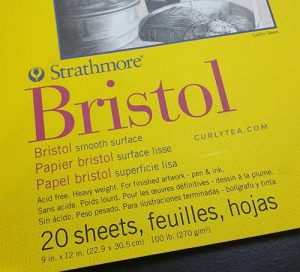
I recently purchased the Neenah 110 lb – 199 g/m2 “Index” card stock. I’ve noticed that the 110lb – 199 g/m2 Neenah paper feels noticeably thinner than my 100 lb – 270 g/m2 Strathmore Bristol Smooth paper.
What did you notice? Pay attention to the number in front of the “g/m2“. The g/m2 of the Strathmore Bristol is 270. The g/m2 of the Neenah “Index” is 199 g/m2. The higher the number, the thicker the paper.
Even though the Strathmore “Bristol” is 100 lbs and the Neenah “Index” is 110 lbs, there is a noticeable downgrade in the thickness from what I can feel. That being said, the Neenah Index should be fine for sketchbooks and alcohol-based markers. (Just don’t try to use both sides of the paper!)
This is why people tell you to pay attention to the the number in front of “g/m2“. At this point, I feel like I can almost totally disregard the number in front of the “lb”.
Curlytea.com’s bottom line is this: Pay most attention to the g/m2 (gsm) of the paper when picking card stock. By doing this, you will also begin to notice the difference in the grade of paper as well. The GRADE will get you closer to where you want to be but the g/m2 (or gsm) number will help you find the thickness for your needs.
[junkie-alert style=”yellow”] NOTE: For thick greeting cards, folders, etc, I wouldn’t suggest going any lower than “cover” grade card stock. THEN from there, look at the g/m2 (or gsm) number. You may see something like 270 g/m2. [/junkie-alert]
We already do this all the time, right? We know the flimsy 20 lb “multipurpose” copy paper is thinner and more prone to wrinkles and tears than 32 lb “premium” inkjet paper, right? This process simply takes that notion to another level.
As of this writing, I’ve simply come to the conclusion that the better way to buy card stock is to look at the g/m2 number, then check the grade (Index, Cover, etc).
From here, keep in mind that if the card stock you pick is TOO thick, it may not go through your printer. For that information, you’ll probably have to check your manual or the manufacturer’s website to see the maximum thickness (often listed in g/m2 ) the printer can handle.
So I hope I’ve been helpful to those of you who are reading this. I wish I had this information days ago, but I’m still satisfied with the decision I made. Thicker, higher quality card stock can be expensive as heck!
Sooo Happy DIYing!
Related:
https://www.youtube.com/watch?v=B-2HFMX2D4E
http://www.mccaughanpaper.com/gpage2.html
http://www.printcopyfactory.com/design/papers-selection/grades-weights-of-paper.html
http://www.geoghegan.us/cardstock.htm
http://creative.uwp.edu/page/paper-grades
http://www.frenchpaper.com/paper/by-weight/cover-weight/140
http://study.com/what_degrees_do_you_need_to_be_an_architect.html

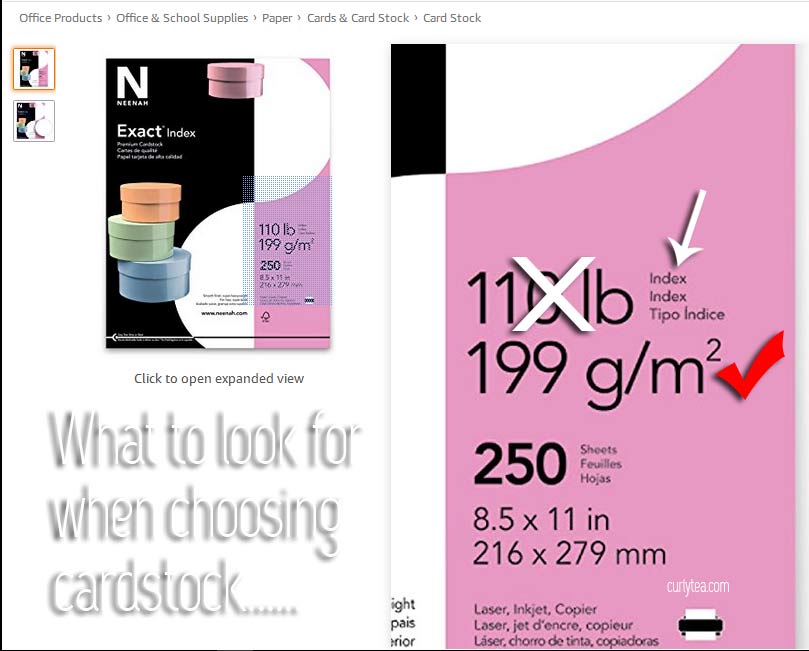
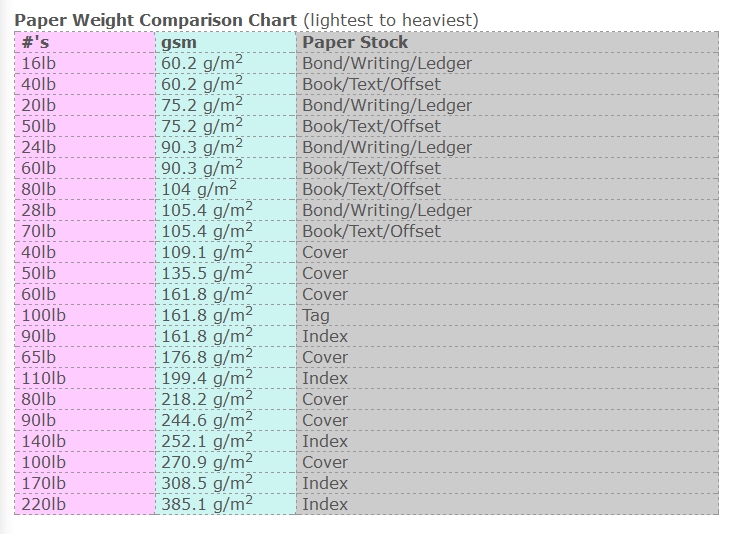
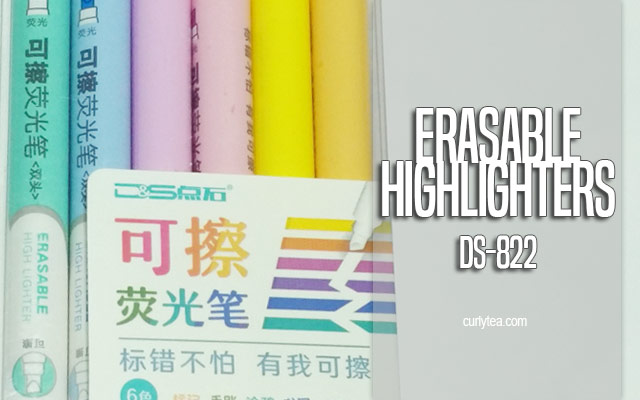
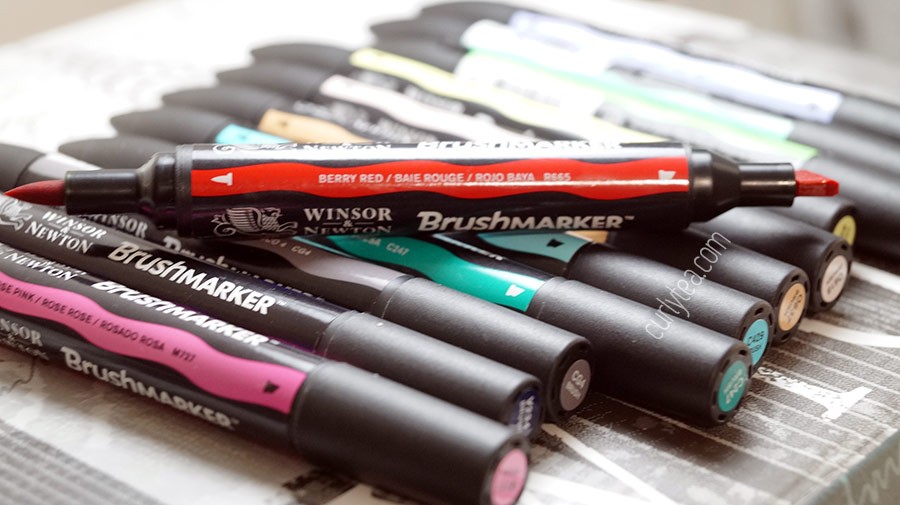

nice!!!!!!!!!!!!!!!!!!